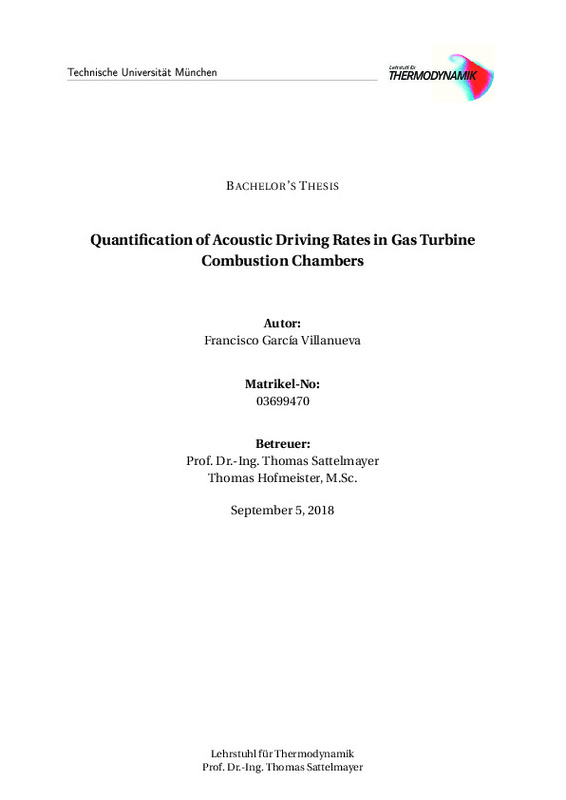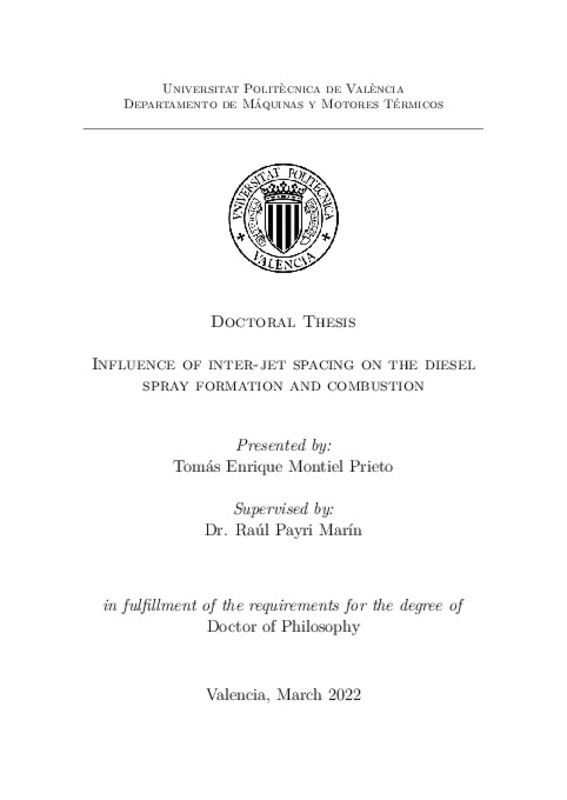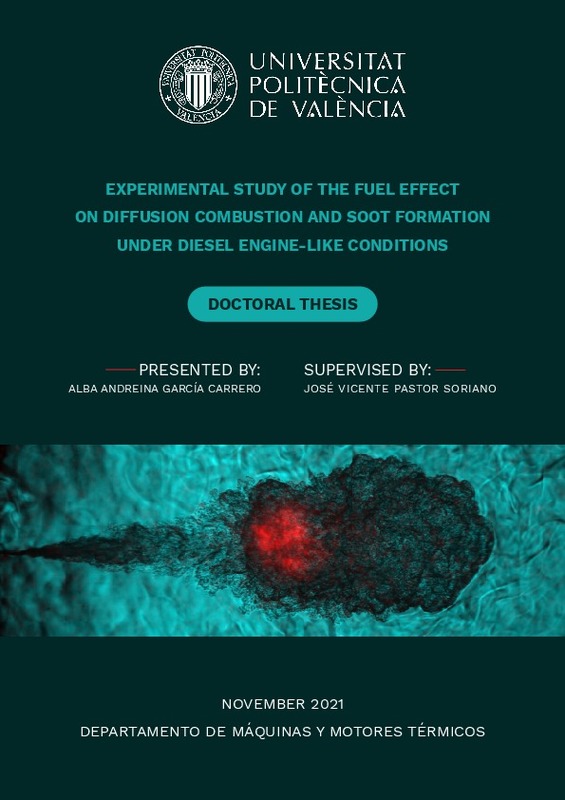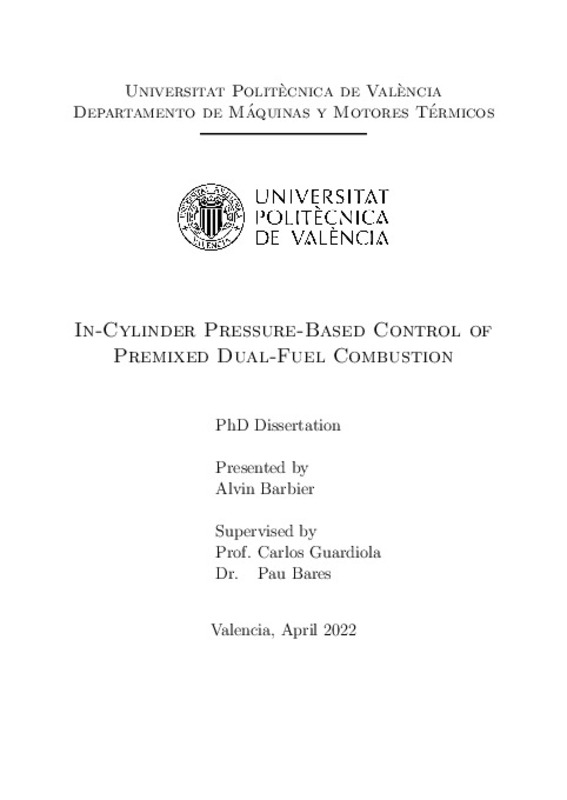|
Resumen:
|
[ES] Los sistemas de combustión pobre premezclada cumplen un papel fundamental para la limpia y segura generación de energía eléctrica. Estas turbinas de gas son propensas a sufrir inestabilidades termoacústicas, lo cual ...[+]
[ES] Los sistemas de combustión pobre premezclada cumplen un papel fundamental para la limpia y segura generación de energía eléctrica. Estas turbinas de gas son propensas a sufrir inestabilidades termoacústicas, lo cual implica una retroalimentación del propio sistema entre las fluctuaciones de generación de calor y las oscilaciones acústicas.
Una Función de Termino Fuente (FTF), que describa la respuesta linear de la llama en el sistema termoacústicó, permitiría la cuantificación de la conducción de estas inestabilidades en unos puntos predeterminados. Hasta ahora, se han obtenido experimentalmente los campos de temperatura y de calor que servirán como entrada a está FTF. Sin embargo, la dinámica no linar de la llama durante los ciclos de operación inestable limitan la capacidad de este análisis linear. Con el fin de prevenir esto, se realizarán similaciones CFD (Fluent) para obtener el campo de temperatura y calor no afectado por los ciclos de inestabilidad. En primer lugar, se determinará un modelo apropiado de llama, que sea capaz de reproducir fielmente una sitiación de swirl-stabilized flow. Posteriormente, de estos datos extraídos se usarán en un programa de método de elementos finitos (COMSOL) en los puntos de interés. Finalmente, los resultados obtenidosse compararán con los datos experimentales.
[-]
[EN] Lean pre-mixed combustion systems have assigned an important role towards a clean and reliable electrical power supply. These gas turbines are suspectible to develope thermoacoustic instabilities, which implies a ...[+]
[EN] Lean pre-mixed combustion systems have assigned an important role towards a clean and reliable electrical power supply. These gas turbines are suspectible to develope thermoacoustic instabilities, which implies a constructive, self-sustained feedback state between unsteady heat release rate fluctuations and acoustic oscillations.
A readily available Source Term Function (STF), which describes the linear flame response of the thermoacoustic system, enables the quantification of linear driving rates at pre-defined operation points. Up to now, experimentally obtained temperature and heat release rate distributions serve as the input to this STF. However, non-linear flame dynamics occuring at the so-called limit-cycle of an unstable operation point mitigate their suitability for a linear stability analysis. To circumvent this, steady-state, reactive CFD simulutions (Fluent) yielding the thermoacoustically unaffected temperature and heat release rate distributions ought to be conducted within the frame of this thesis. Firstly, a suitable flame model needs to be identified, which handles the swirl-stabilized flow situation within the combustion chamber most appropriatly. Then, the extracted simulation data is used to determine linear driving rates within a FEM environment (COMSOL) at the operation points of interest. Finally, obtained results need to be compared to previously computed results based on the experimentally obtained distributions.
[-]
|










